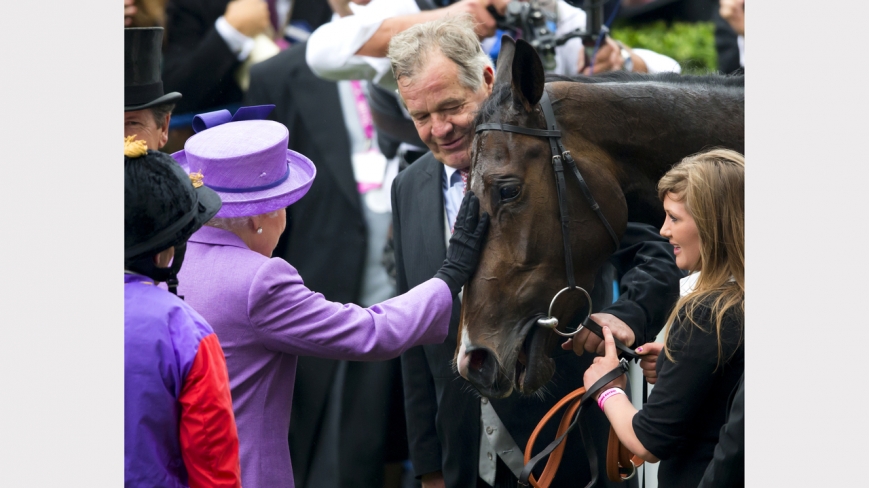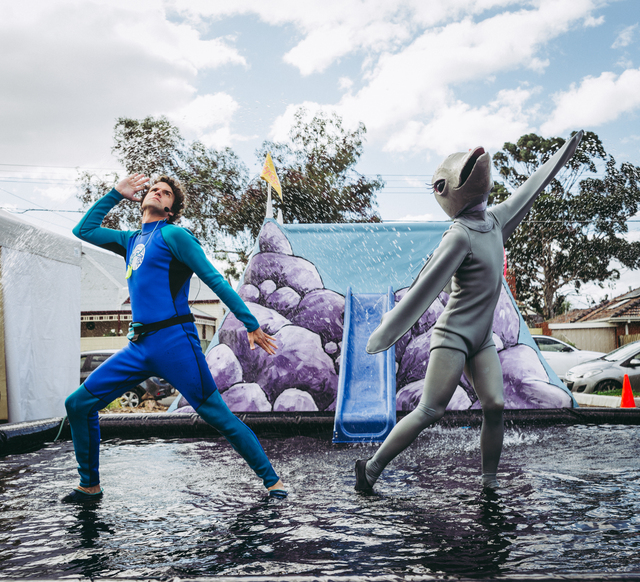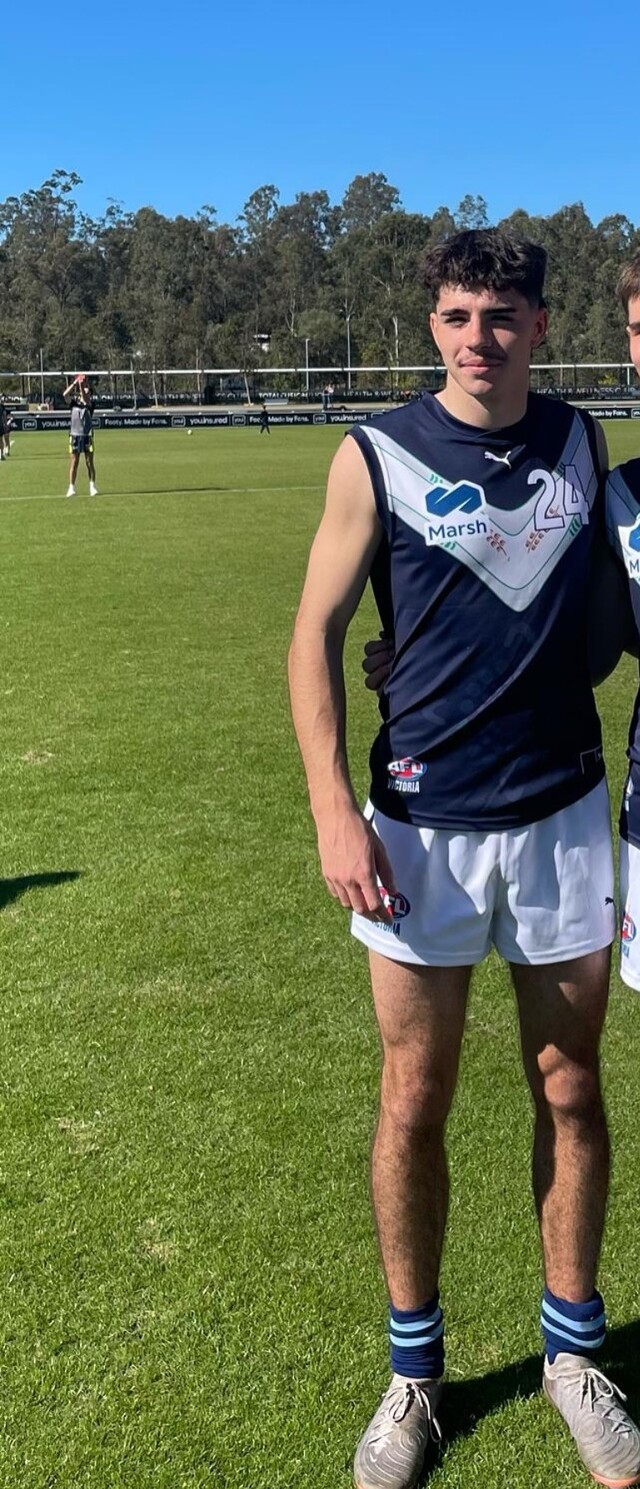Since I left The Age at the end of 2008, the hardest thing has been to convince people that I have not retired.
Sure, I was there for 42 years (good grief – how time flies) and had zoomed into the upper reaches of my 60s, but I had at no time seriously contemplated giving up “work’’ – if being involved in horse racing can be considered as gainful employment.
It was really my accountant who convinced me that voluntary redundancy with its large financial “package’’ was the way to go. “You may not get such a good result later on,’’ were his ominous words. Of course accountants are, one hopes, naturally cautious, but any suggestion of a “good result’’ is almost irresistible to anyone with a punting bone in their body.
Anyway, my response to the inquiries about my “retirement’’ became almost clichéd: “Working in horse racing is like working at your hobby” and “I don’t do gardening”, so I wasted no time in setting up a small company, All Things Racing, with the idea of offering my services as a freelance writer or adviser to anyone wanting to take advantage of my experience.
I had gained my grounding in racing by working on the famed Truth form guide in the late 1950s. For those who can remember, anyone caught reading the Truth, with its lurid headlines and sexy pictures, “only bought it for the form guide’’ – that became a standing joke. But, it was usually true because with its six to eight runs per horse, it was the best form guide available and it was put together by hand because it was still about 30 years before computers.
It was little more than a sweatshop indexing all the race meetings (thankfully, not as many as now) but it was a fantastic experience, and the Truth did over the years produce some of the best racing writers and tipsters of the era.
Enough of the past. Keeping up with all the racing today is nothing less than a nightmare and, if you manage to “do the form’’ properly for more than two or three meetings a week, you deserve a medal.
As far as writing about racing was concerned, I came through a school of hardened professionals including Tony Kennedy, Jack Elliott, Ron Taylor, Jack McPherson, Rollo Roylance, Bill Casey, Keith Robbins, Bert Lillye and Bill Whittaker but, as a matter of necessity and computer skills, it is a different business today.
At The Age I was fortunate to have Les Carlyon, one of the great Australian writers of any period, as editor for a short time after the sudden death of Graeme Perkin.
Read more Spring Racing Carnival stories:
SPRING RACING: Year of the Grey
SPRING RACING: Inside the marquees
SPRING RACING: How to win the style stakes
SPRING RACING: Fashion trifecta
SPRING RACING: Arriving in style
The Age tended to have senior executives who regarded racing as a necessary hindrance. But Carlyon, if not a punter, is a lover of the thoroughbred and the characters involved in racing and the romance of the turf.
It was Carlyon who sent me for the 1976 Epsom Derby (my first overseas trip) and, as it turned out, asked me if I wanted to also cover Wimbledon, an offer I could hardly refuse, although I knew very little about tennis.
In the lead-up to Wimbledon, I went to various tournaments and naturally became an instant expert.
In Nottingham I saw Romanian Ilie Nastase play John Newcombe in an exhibition match and declared him a freakish performer, certain to win at Wimbledon, although my enthusiasm was not supported by the far wiser heads on the tennis tour. As I scoured the betting shops to secure the best odds (about 7/1) on Nastase, the general feeling was that his fiery temperament would be his downfall in the two weeks at Wimbledon.
Nastase swept through the early rounds and I could hardly contain myself from going the “early crow’’ for being so smart, despite the warnings that I should be thinking about “laying off’’ my bets, particularly because in the final he was playing, at that time, a virtual unknown in Björn Borg.
Nastase started 6/4 on favourite and was swept aside in straight sets by Borg in the first of his five successive Wimbledon titles. So much for my career in tennis – I’ve stuck to horse racing since.
Incidentally, my first experience of English racing at Epsom was an eye-opener in terms of the contours of the track, where one of the world’s most famous races is run. Any horse should be forgiven for not handling Epsom, which has a up-hill-and-down-dale nature, but equally some of the great horses who have won at Epsom deserve every accolade.
The carnival atmosphere of Epsom is in contrast to the pomp and pageantry of Royal Ascot. You don’t have to don the top hat and tails but the atmosphere lends itself to joining the traditions that go back 250 years.
Even those with republican leanings will take the opportunity of watching the Queen and her entourage come up the long straight on each of the five days at Ascot.
Earlier this year, properly attired I believed, I was in the parade ring after the Queen’s horse Estimate won the Gold Cup – making her the first reigning monarch to have success in the race in 207 years.
After the presentation, the Queen left the dais and was almost lost in the crowd – a path was cleared so she could get a glimpse of a horse she had running in the next race as it paraded around the ring.
For a few moments, I was opposite Her Majesty, only about five metres away, and she appeared to have a stern frown on her face.
At that moment, a senior official brushed past me and just flicked my top hat and I realised that I should have removed the hat, which I did immediately, suitably chastened in her presence. The traditions can sometimes be confusing.
There is plenty to enjoy in most of the other great racing venues in Hong Kong, Japan, France and Dubai, but the races in Vienna are something else.
Held in a beautiful public park, amid other public activities on a track about the size of an AFL oval, the feature race was for unraced Arab stallions ridden by amateur jockeys. They had tote betting, provided by the local casino, for those desperate for a bet.
Trying to get some idea of the fitness or otherwise of the runners was fraught with danger because the parade ring was in the shade of large oak trees and you had to avoid being hit by falling acorns.
So much for the perils of the punt, but I couldn’t imagine it any other way.
For more stories on Spring Racing Carnival 2013, visit theweeklyreview.com.au







